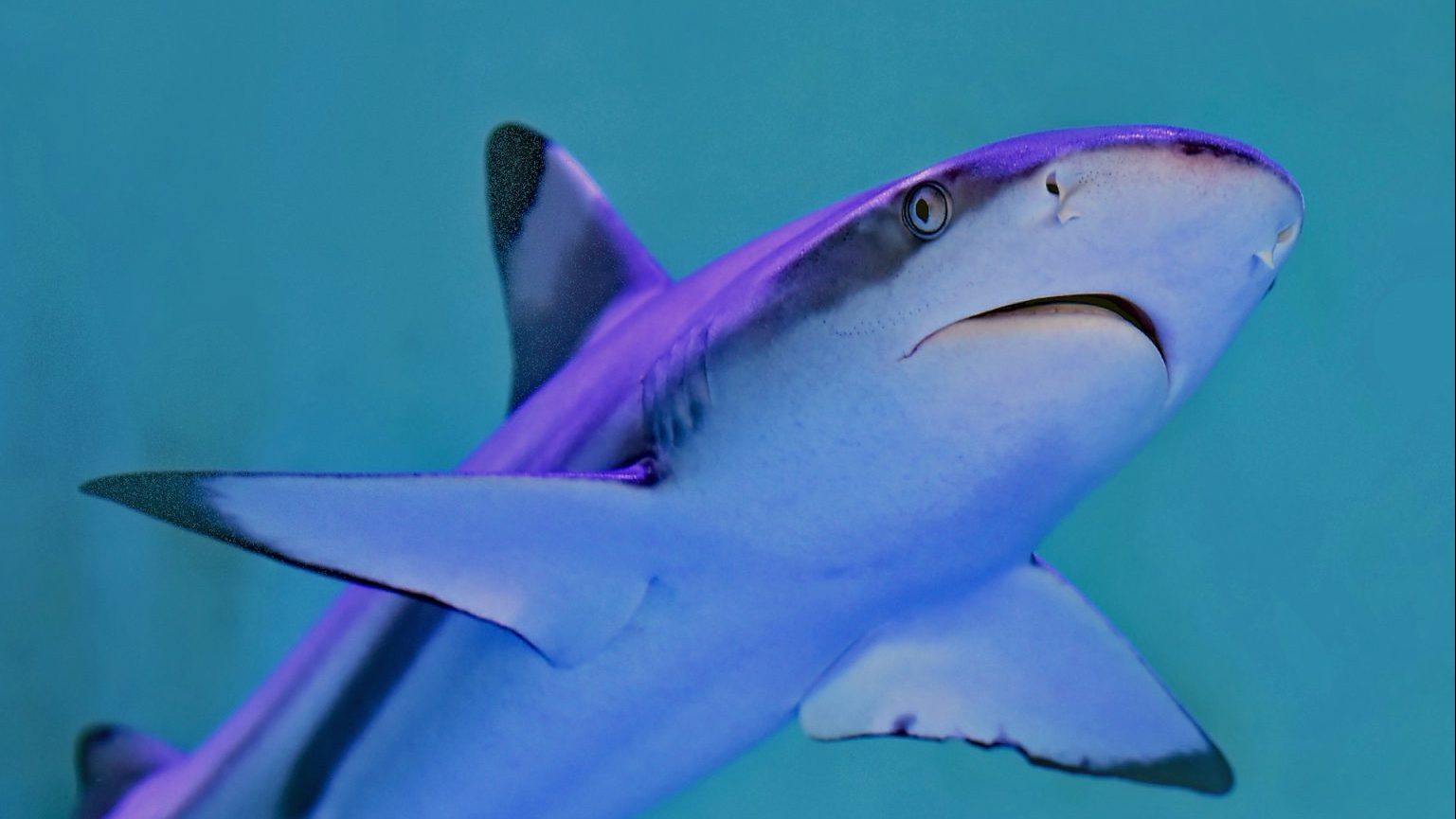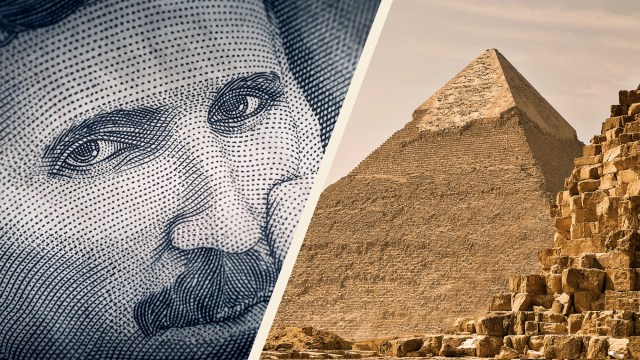A gospel of creation care

It’s been estimated that there are about 8.7 million different species of organisms on our planet, from plants and animals to fungi and algae, not including bacteria. And every year new organisms are discovered. In 2016 alone, scientists reportedly discovered 18,000 new species!
I like to give my students a snapshot into the truly beautiful and bizarre diversity of organisms that exist in nature. For example, a spider whose cone-shaped body resembles the bent and pointy sorting hat in the Harry Potter movie series. Its scientific name, Eriovixia gryffindori, honors the original owner of the hat, Godric Gryffindor. Or a soldier ant named after Drogon the dragon from Game of Thrones, due to the sharp spikes (spines) on its back. And an orchid whose reproductive organs fuse in such a way that they form a diabolical face with horns, red eyes and a goatee.
The sheer magnitude and variability of life is not only aesthetically beautiful and mindbogglingly spectacular, but biologically necessary, as it helps sustain life on our planet. However, according to Dr. Camilo Mora, Professor in the Department of Geography and the Environment at the University of Hawaii, human activities pose threats to biodiversity, and because of this, “many species may vanish before we even know of their existence, of their unique niche and function in ecosystems, and of their potential contribution to improved human well-being.” If the well-being of our species and that of other organisms is dependent on preserving biodiversity, what prevents us from doing a better job?
For Steven Bouma-Prediger, Professor of Religion and Director of the Environmental Studies program at Hope College, the answer is simple. In For the Beauty of the Earth: A Christian Vision for Creation Care, he writes, “We care for only what we love. We love only what we know. We truly know only what we experience. If we do not know our place—know it in more than a passing, cursory way, know it intimately and personally—then we are destined to use and abuse it.” Essentially, we don’t know enough about and haven’t spent enough time encountering nature firsthand to entice us to care.
When I was growing up, I didn’t know much about my place. I lived in Southern California, where most of the wildlife I saw were either pests—like crows and gofers that riddled lawns with holes—or stray pets like cats and dogs. Sun-scorched dirt lawns were guarded by chain-link fences, and sidewalks were interrupted by intermittent palm trees. There wasn’t much to see beyond the cursory, and nothing I necessarily wanted to know more intimately and personally other than people.
Further, creation care was not emphasized in my faith tradition. I heard sermons about Earth’s eventual demise and destruction, the promise of a new heaven and Earth, and the prophecy of the rapture, an event that would transport and deliver believers from a sinful world. In this context, it’s hard to imagine caring for something that is temporary, will pass away and be replaced, or is contaminated by sin.
It wasn’t until I took an environmental theology class in college—where I read texts by Lynn White, Aldo Leopold, Wendell Berry, Sally McFague, and Steven Bouma-Prediger—that I realized a creation care ethic was biblical, and I started to consider what a Christian response should be.
Knowing our place
In what ways are we destined to use and abuse our place, if we do not know it? Many human activities pose threats to the environment, driving species to extinction and negatively impacting the quality of life for other organisms—including our own species. For example, overexploitation of resources drains ecosystems of their native inhabitants. Likewise, hunting or harvesting organisms faster than their populations can be replenished through natural means of reproduction can lead to extinction.
Deforestation destroys habitats.
Deforestation, the removal of entire forests of trees, destroys habitats for organisms that live in those trees and rely on them for a food source, while also releasing carbon dioxide—a greenhouse gas contributing to climate change—into the atmosphere. The construction of dams interrupts fish migration and alters the ecology of the water, from changing the temperature to the nutrient levels, thereby directly impacting the organisms that live there. And pollution can lead to the contamination of water ways, air quality, and even death of organisms who are directly exposed to or consume it.
Bouma-Prediger advocates for an ecological literacy that provides “knowledge about the inextricable interconnectedness of all creatures great and small.” But what is meant by this? Food chains and biomagnification are two examples I will explain below that demonstrate this interconnectedness and highlight room for responsible action.
Organisms are interdependent; they depend on each other for survival. One easy way to see this is to consider a food chain, a linear diagram outlining the feeding relationships between organisms. Here’s a simple example: Corn—> Mice —> Owl. The arrows represent the transfer of energy—the mouse gets its energy from feeding on the corn, and the owl obtains its energy from feeding on the mice. As for the plant, there is no arrow before it, as plants make their own food, acquiring their energy from a nonliving source, the sun. If something were to happen to any individual in this chain, it would affect the other organism dependent on it for food.
But what is not clear is the role of external factors affecting the environment or context within which these feeding relationships happen. For example, the use of pesticides or poisons to ward off pests like house mice can inadvertently affect the owl who eats them. The toxins accumulate at higher levels further and further up the food chain through a process called biomagnification, and so the owl is also poisoned.
An example of this was the use of the now banned insecticide DDT in agriculture. It ended up in waterways, exposing fish to the toxin. Bald eagles who ate the toxic fish experienced reduced fertility and laid eggs whose shell was extra thin and fragile. This, coupled with other events, put bald eagles at risk of extinction. Thankfully, recovery efforts were made in time.
The reality is that organisms are not just connected in linear food chains, but complex webs (collections of food chains), making our use and abuse of a single population set off a ripple effect of unintended consequences that may even ultimately boomerang back on us.
Loving others, loving creation
As a Christian, I believe the core message of the gospel is loving God, others, and ourselves, but where exactly does creation care fit into this message? One could argue that it lies in the call to love others, given the interconnectedness of living organisms. We are called to live responsibly, making decisions out of care and compassion for others.
But I would argue that a creation care ethic lies not only in the command to love others, but also in the command to love God. When asked what was the greatest commandment in the Law, Jesus responded, “Love the Lord your God with all your heart and with all your soul and with all your mind” (Matt 22:37). The scientist in me likes the fact that I can love God with my brain—to ask questions, to seek and acquire knowledge . . . and to acknowledge the limitations of my own knowledge.
For Bouma-Prediger, theology is the foundation for ecological literacy, as it reminds us that “we are creatures—limited and liable to error—living in a world not of our own making.”
And then he adds this: “Being ecologically literate ought to engender humility and a thoughtful keeping of this God’s earth.”
Amen to that.
The post A Gospel of Creation Care appeared first on ORBITER.





